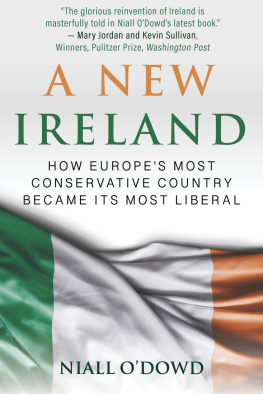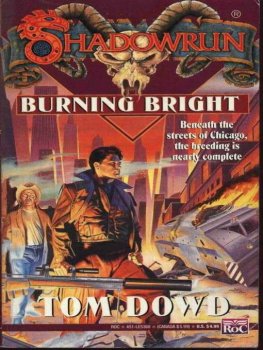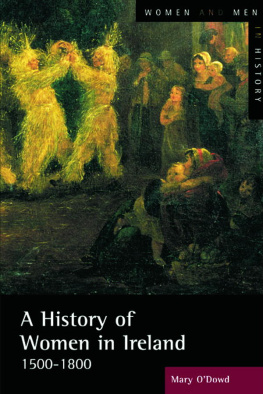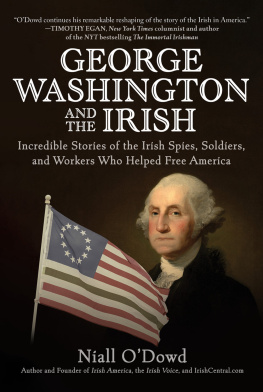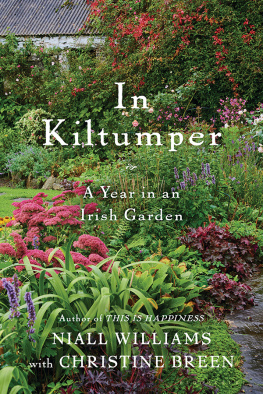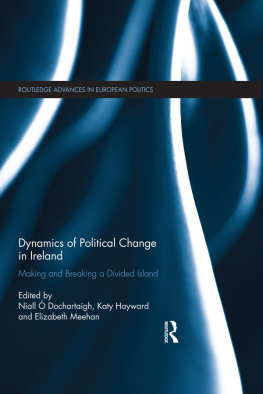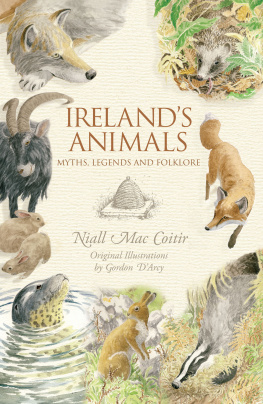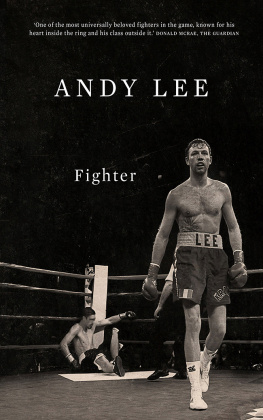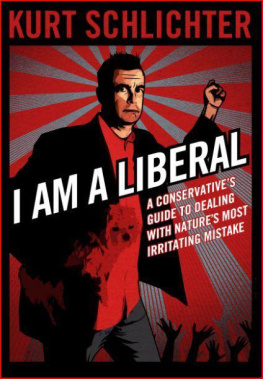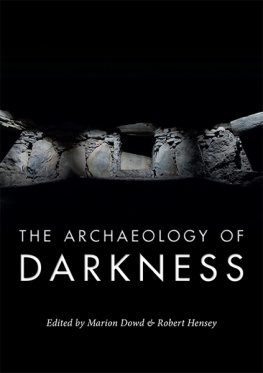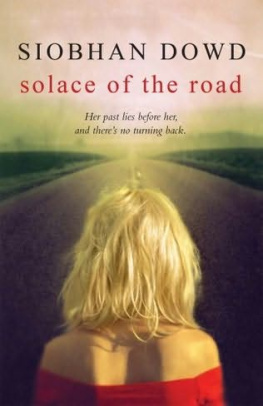Niall O’Dowd - A New Ireland: How Europes Most Conservative Country Became its Most Liberal
Here you can read online Niall O’Dowd - A New Ireland: How Europes Most Conservative Country Became its Most Liberal full text of the book (entire story) in english for free. Download pdf and epub, get meaning, cover and reviews about this ebook. year: 2020, publisher: Skyhorse Publishing, genre: Detective and thriller. Description of the work, (preface) as well as reviews are available. Best literature library LitArk.com created for fans of good reading and offers a wide selection of genres:
Romance novel
Science fiction
Adventure
Detective
Science
History
Home and family
Prose
Art
Politics
Computer
Non-fiction
Religion
Business
Children
Humor
Choose a favorite category and find really read worthwhile books. Enjoy immersion in the world of imagination, feel the emotions of the characters or learn something new for yourself, make an fascinating discovery.
- Book:A New Ireland: How Europes Most Conservative Country Became its Most Liberal
- Author:
- Publisher:Skyhorse Publishing
- Genre:
- Year:2020
- Rating:4 / 5
- Favourites:Add to favourites
- Your mark:
- 80
- 1
- 2
- 3
- 4
- 5
A New Ireland: How Europes Most Conservative Country Became its Most Liberal: summary, description and annotation
We offer to read an annotation, description, summary or preface (depends on what the author of the book "A New Ireland: How Europes Most Conservative Country Became its Most Liberal" wrote himself). If you haven't found the necessary information about the book — write in the comments, we will try to find it.
Niall O’Dowd: author's other books
Who wrote A New Ireland: How Europes Most Conservative Country Became its Most Liberal? Find out the surname, the name of the author of the book and a list of all author's works by series.
A New Ireland: How Europes Most Conservative Country Became its Most Liberal — read online for free the complete book (whole text) full work
Below is the text of the book, divided by pages. System saving the place of the last page read, allows you to conveniently read the book "A New Ireland: How Europes Most Conservative Country Became its Most Liberal" online for free, without having to search again every time where you left off. Put a bookmark, and you can go to the page where you finished reading at any time.
Font size:
Interval:
Bookmark:



Copyright 2020 by Niall ODowd
All rights reserved. No part of this book may be reproduced in any manner without the express written consent of the publisher, except in the case of brief excerpts in critical reviews or articles. All inquiries should be addressed to Skyhorse Publishing, 307 West 36th Street, 11th Floor, New York, NY 10018.
Skyhorse Publishing books may be purchased in bulk at special discounts for sales promotion, corporate gifts, fund-raising, or educational purposes. Special editions can also be created to specifications. For details, contact the Special Sales Department, Skyhorse Publishing, 307 West 36th Street, 11th Floor, New York, NY 10018 or .
Skyhorse and Skyhorse Publishing are registered trademarks of Skyhorse Publishing, Inc., a Delaware corporation.
Visit our website at www.skyhorsepublishing.com.
10 9 8 7 6 5 4 3 2 1
Library of Congress Cataloging-in-Publication Data is available on file.
Cover design by Daniel Brount
Cover photo credit: Getty Images
Print ISBN: 978-1-5107-4929-0
Ebook ISBN: 978-1-5107-4930-6
Printed in the United States of America
T ABLE OF C ONTENTS
To Elsa, Sonny, Patrick, Fionn, Katie, Phoebe, and Ciara, Grow Up Big and Strong
ACKNOWLEDGMENTS
The origins of this book occurred because of the sheer number of interested Americans who asked me what on Earth had gone on in Ireland with so much radical change in recent years.
I decided to tell the story and put the remarkable events such as the massive vote for same-sex marriage, a gay taoiseach (prime minister), and passage of abortion rights in political and historical context.
To do so involved going back to the very root of Christianity, politics, and society in Ireland and following it through to its modern transformation when all changed utterly.
This book had many champions, not least my former editor, Michael Campbell; current editor, Yezanira Venecia; and Skyhorse publisher, Tony Lyons, whose insights were truly invaluable. Special thanks to Dermot McEvoy for his usual wise counsel.
Special thanks to Donal and Mary in Ireland for grammar, proofing, and support, and to Fergus who read and advised. As always, love to Debbie for all her support and calmness, and to Alana for always encouraging her dad.
SECTION ONE
I NTRODUCTION
W alk on air against your better judgment, Irish Nobel poet Seamus Heaney urged as his final epitaph. The Irish people took Heaneys advice and transformed a country that had long been a bastion of theocracy, so much so that the Church wrote significant parts of the 1937 Irish Constitution.
How narrow was their thinking? In April 1944, Archbishop John McQuaid, the Catholic Ruler of Ireland, as his biographer tagged him, wrote to an Irish minister in the Department of Health and informed him the bishops had met to discuss the arrival of Tampax into Ireland and wanted the product banned on the grounds that insertion might stimulate women sexually. The government agreed and banned Tampax. McQuaid was obsessed with female genitalia. Shortly after, he used a magnifying glass to show a newspaper proprietor that the mons veneris of a woman was visible in a ladies underwear advertisement.
This was the man who set the tenor of the times in Ireland for generations.
Yet side by side with the prudish Victorian morality existed a heart of darkness in church-run schools and orphanages that would shock the world.
The state could not claim innocence, as they were willing participants in the ghastly tableaux. There was a vicious war against fallen women and their helpless offspring that defied all rational explanation. There was a separate dirty war against children by priest pedophiles, protected by the hierarchy as they ran amok, knowing their activities would be covered up.
Gay people were targets, too. Queer-bashing had become a popular sport for young thugs, with no recourse for the bashed.
Womens rights were almost nonexistent, with the very words of the constitution militating against them. Each year thousands fled to Britain for terminations, often as a result of rape and incest.
And yet, somehow, despite the sepulchral gloom, Irish people found a way to transform and illuminate their society, which amazed the watching world. No people had ever done something quite like it. Seamus Heaney would have approved. It is a story for the ages.
This is how they did it.
C HAPTER 1
The Sins of the Fathers
He talked about the Irish institutions as being like concentration camps for children.
Tom Lynch, Boys Town archivist, on Father Flanagans view of Irish industrial schools and orphanages
T hose looking for the seeds of what later became the near destruction of the Irish church over child mistreatment and abuse would have found it in the clarion voice of Monsignor Edward Joseph Flanaganthe founder of Boys Town, made famous by the Spencer Tracy movie of the same name. The Irish-born Flanagan, though an international figure and beloved by all for his amazing work, found himself a forlorn voice when he traveled to Ireland to inspect their facilities for treating orphans and needy children.
Flanagans connection to Ireland was deep, and he knew what he spoke about. He was born on July 13, 1886, in the townland of Leabeg, County Roscommon, to John, a herdsman, and Honoria Flanagan. In 1904, he immigrated to the United States, entered the priesthood, and, in 1917, created Boys Town in Omaha, Nebraska.
From the start of his ordination, Flanagan made clear he would be a social reformer with special emphasis on children. At a time when child labor was common, he felt it was his mission to ensure that kids would be valued by the adult world and that those kids who were most in need were looked after.
The Boys Town center was open to all. There were no fences to stop the boys from leaving. Father Flanagan said he was not building a prison.
This is a home, he said. You do not wall in members of your own family. The 1938 movie Boys Town made a national hero out of Father Flanagan.
In 1946, Father Flanagan decided to return to his birthland to visit his family and the so-called training schools run by the Christian Brothers. He wanted to see if they were truly a success.
With the success of the film Boys Town , Flanagan was treated like a celebrity upon his arrival back home. The Irish Independent wrote that Flanagan had succeeded against overwhelming odds, spurred on by the simple slogan: There is no such thing as a bad boy.
As quoted in History Ireland magazine in 2004, according to Flanagan expert Doctor Eoin OSullivan of the Department of Social Studies in Trinity College Dublin, Flanagan was not home to take a victory lap:
... The priest had a deep-rooted abhorrence of the institutionalisation of children. His unique legacy was that Boys[ sic ] Town and the various projects that he initiated were to divert children away from punitive carceral institutions, which he believed damaged children, to self-regulating, empowering, open communities for young people of all creeds and races.
Flanagan had made clear his problems with incarceration of children, which he believed was a traumatic experience that scarred them for life.
He wrote to a fellow priest:
I am particularly interested in the juvenile problem. I would like to get their [Irish welfare department] reaction as to whether these so-called training schools conducted by the Christian Brothers are a success or a failure. My memoryand it is not very clearis that they have not been very successful in developing individuality, Christian character, and manliness, because they are too much institutionalised. This, as you know, helps the good Brothers and makes it easier for them.
Next pageFont size:
Interval:
Bookmark:
Similar books «A New Ireland: How Europes Most Conservative Country Became its Most Liberal»
Look at similar books to A New Ireland: How Europes Most Conservative Country Became its Most Liberal. We have selected literature similar in name and meaning in the hope of providing readers with more options to find new, interesting, not yet read works.
Discussion, reviews of the book A New Ireland: How Europes Most Conservative Country Became its Most Liberal and just readers' own opinions. Leave your comments, write what you think about the work, its meaning or the main characters. Specify what exactly you liked and what you didn't like, and why you think so.

